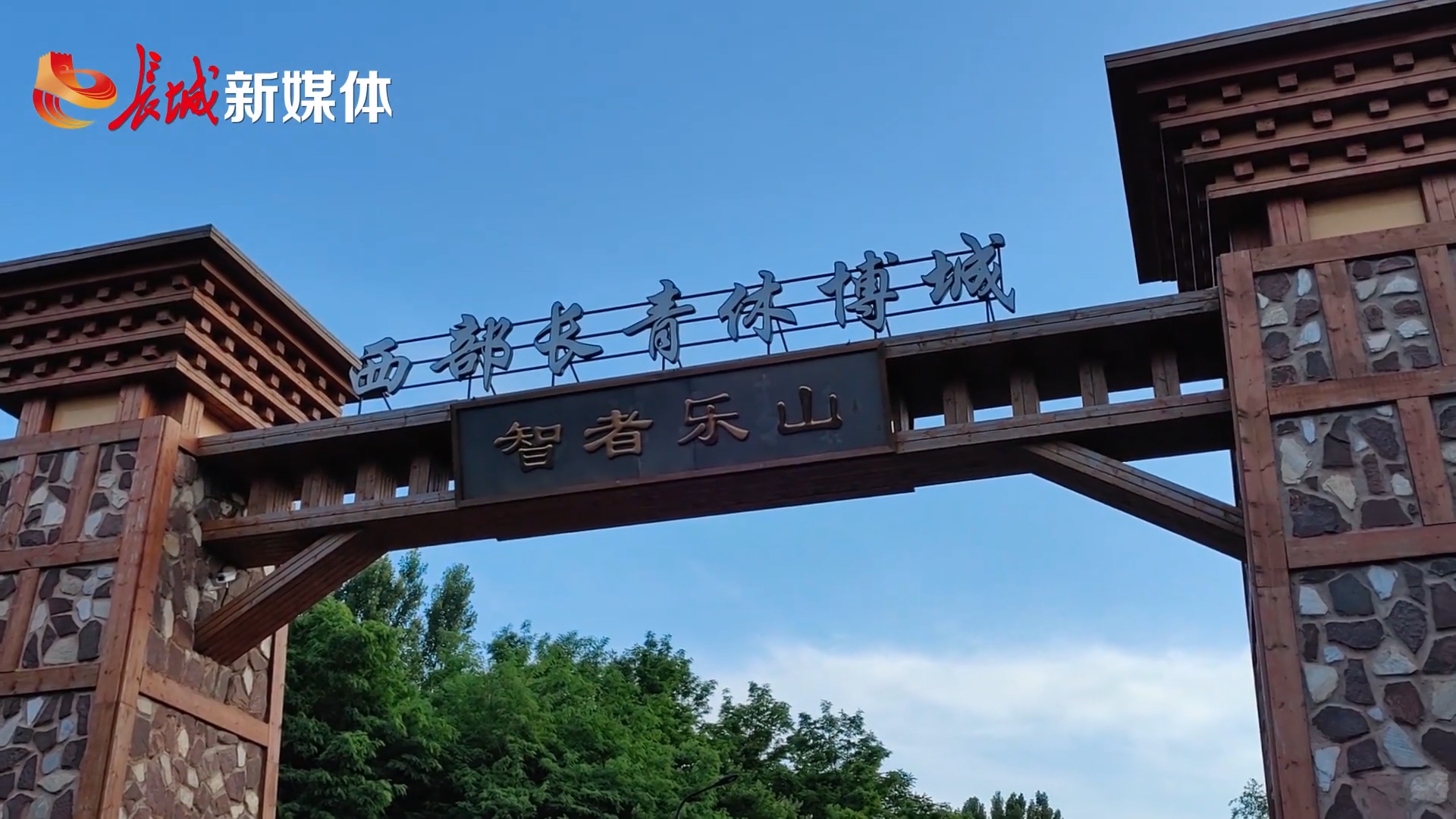The coordinated development of Beijing and its neighboring Tianjin Municipality and Hebei Province is now in full swing. Eyeing a global aviation hub, the Beijing Daxing International Airport is injecting new impetus into the region's development.
Ahead of the Spring Festival holiday, the Langfang City Terminal of the Daxing airport saw a constant stream of passengers. Located some 39 km from the airport, the city terminal provides passengers with integrated boarding services ahead of time and with minimal fuss.
Feng Liming, who lives in Langfang, checked in at the terminal in advance to take a flight with her husband at the Daxing airport. She completed check-in procedures in just a few minutes. "The waiting time for check-in is shorter here. It's very convenient for me to fly to other cities from Beijing," said Feng.
Sitting at the junction of Beijing's southern Daxing District and Hebei's Langfang City, the Daxing airport was officially put into operation in September 2019, and has attracted the settlement of 54 domestic and foreign airlines as of September 2023. In 2023 alone, it handled over 290,000 inbound and outbound flights and more than 39.4 million passenger trips. It aims to handle 100 million passenger trips annually in the future.
To date, the airport has put into service four inter-provincial urban terminals in Beijing's Fengtai and Hebei's Zhuozhou, Langfang and Gu'an to provide passengers with a "one-ticket" service for air and train travel, which has promoted the integration of transport in the Beijing-Tianjin-Hebei region.
The airport also sees busy goods and mail logistics. A fully loaded cargo plane from Tianjin Air Cargo Co., Ltd. took off from the Daxing airport for the Wuhu Xuanzhou Airport in east China's Anhui Province ahead of the Spring Festival.
The cargo route operates six flights per week, mainly transporting daily chemical supplies, e-commerce goods, clothing, and fresh goods, among others. "The route has become the company's focus to serve the development of the air logistics industry in the Beijing-Tianjin-Hebei region," said Qin Liansheng, vice president of marketing of Tianjin Air Cargo.
Qin said that since the Daxing airport became operational, the air cargo industry has embraced new development opportunities. "We are constantly improving the layout of our cargo transport network to better serve the coordinated development of the region."
According to the airport's long-term planning goal, its annual cargo throughput is expected to reach 4 million tonnes in the future.
With a planned area of 150 square km in total, the Beijing Daxing International Airport Economic Zone is pioneering the coordinated development of the Beijing-Tianjin-Hebei region. Industries ranging from international medical care and airport guarantee and support services to international convention and exhibition spaces, comprehensive-purpose bonded areas, as well as aviation logistics, are seeing vigorous development.
Nearly 10,000 new enterprises, including Fortune Global 500 companies and international industry leaders, had settled there, and more than 30 major industrial projects had been completed and put into operation in the region by the end of 2023.
"The coordinated development of the region has greatly promoted the exchange and coordination of capital, industries and talent. The location of the economic zone has a strong radiation effect and is conducive to integrating the superior resources of sci-tech, industries and talent of the Beijing-Tianjin-Hebei city cluster," said Guo Jiancheng, general manager of Saudi developer Dar Al Arkan's office in Beijing. "As a global developer, we have benefited a lot from the region's coordinated development."
The economic zone has built an online public service platform to facilitate cross-border settlement for international trade enterprises in the Beijing-Tianjin-Hebei region, and has been delegated administrative examination and approval power of over 300 items to provide "one-stop" government services.






